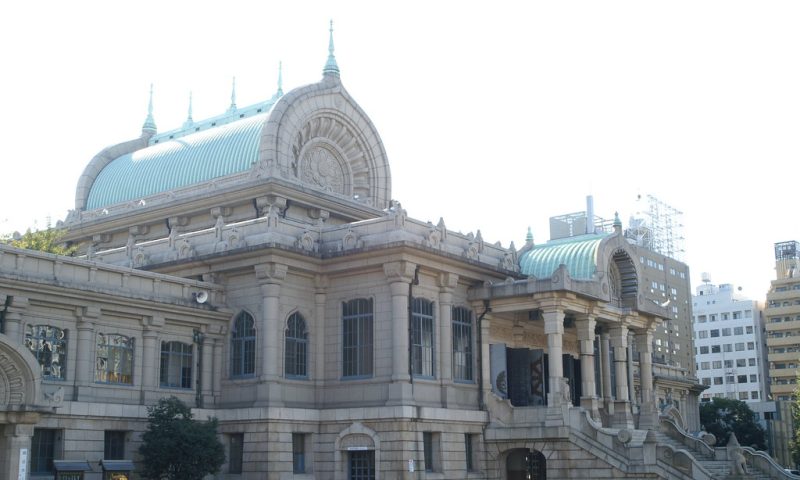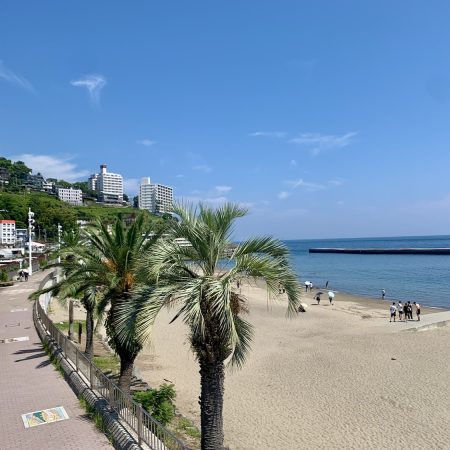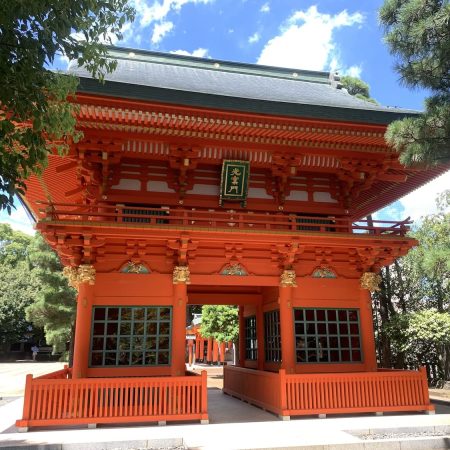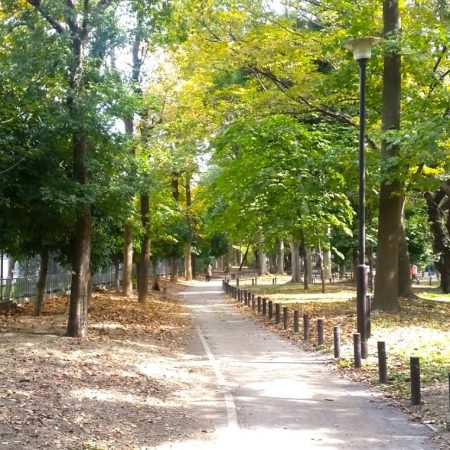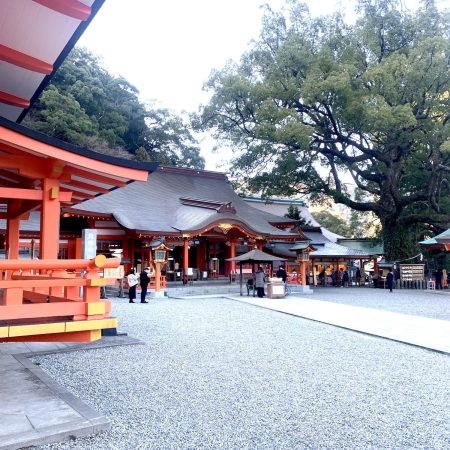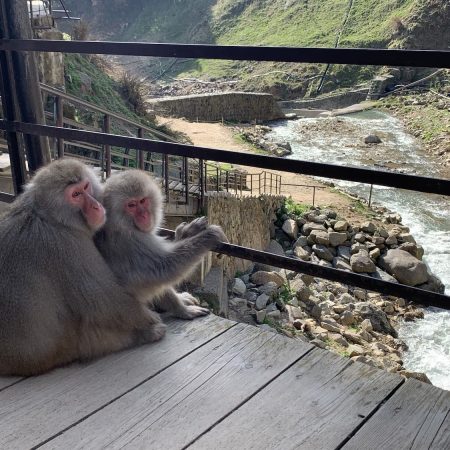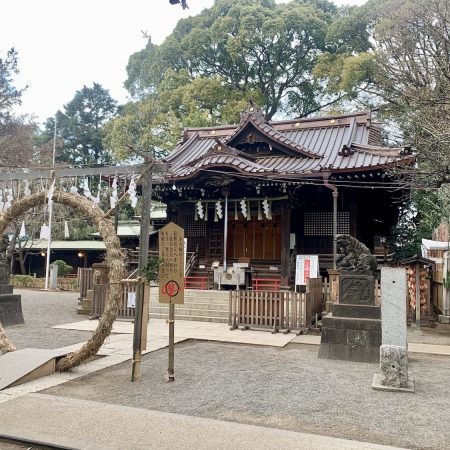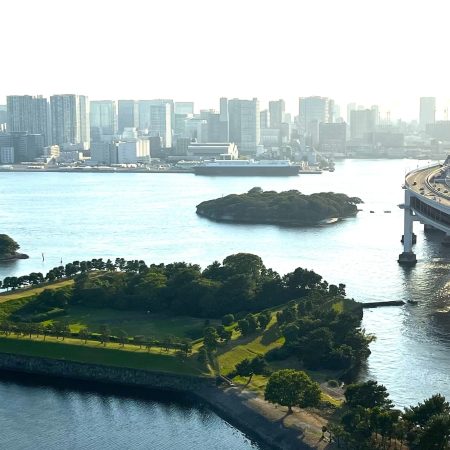Unveiling Japan’s Cultural Gem in the Heart of Tokyo
In the heart of bustling Tokyo lies a hidden gem that showcases Japan’s rich cultural heritage like no other. The Tsukiji Hongwanji temple is a masterpiece of architectural design that seamlessly blends traditional Asian Buddhist motifs with a fusion of modern and ancient influences. This temple, belonging to the Jodo Shinshu Hongwanji-ha denomination of Shin Buddhism, is a testament to Japan’s ability to overcome challenges and remain resilient in the face of adversity.
The history of this temple is as fascinating as its architecture. Initially built in the 12th century near Asakusa, it was destroyed by fire and later relocated through a land reclamation project to its current location in Tsukiji. In a cruel twist of fate, it was destroyed again by the Great Kanto earthquake in 1923, but was rebuilt once more in 1934 by the renowned architect Ito Chuta. Today, the temple’s main worship hall, gate posts, and stone walls are National Important Cultural Properties.
One of the most remarkable features of the temple is its stunning architecture, which is modeled after ancient Buddhist structures found in India and other Asian countries. Decorated with intricate carvings of traditional Japanese monsters, winged lions, and other animals, the temple’s facade is a sight to behold. Visitors can explore a variety of attractions within the temple, including the Main Worship Hall, where they can offer incense and recite “Namo Amida Butsu” to Amida Buddha. They can also visit the Amida Buddha Hall, Kaisan-do Hall, Hall of Reverence, and Hall of Ashes, all of which offer a unique glimpse into the temple’s history and significance.
But the temple is more than just a historical site. It plays an active role in social welfare activities like disaster relief, human rights education, and cultural exchange. With over 10 million followers, the Jodo Shinshu Hongwanji-ha denomination is one of the largest in Japan, and visitors to the temple can learn more about its contributions to Japanese society.
Located just a stone’s throw from the luxury shopping district of Ginza and other famous attractions like Tsukiji Market and Hama-rikyu Gardens, the temple is easy to visit and explore. Guided tours are available upon request, and visitors are advised to dress modestly and refrain from taking photos inside the main worship hall.
In conclusion, the Tsukiji Hongwanji temple is a must-visit destination for anyone interested in exploring Japanese culture and history. Its stunning architecture, rich history, and active role in social welfare activities make it a unique and unforgettable experience that visitors will cherish for years to come.

